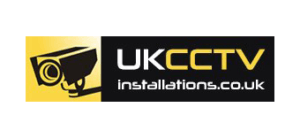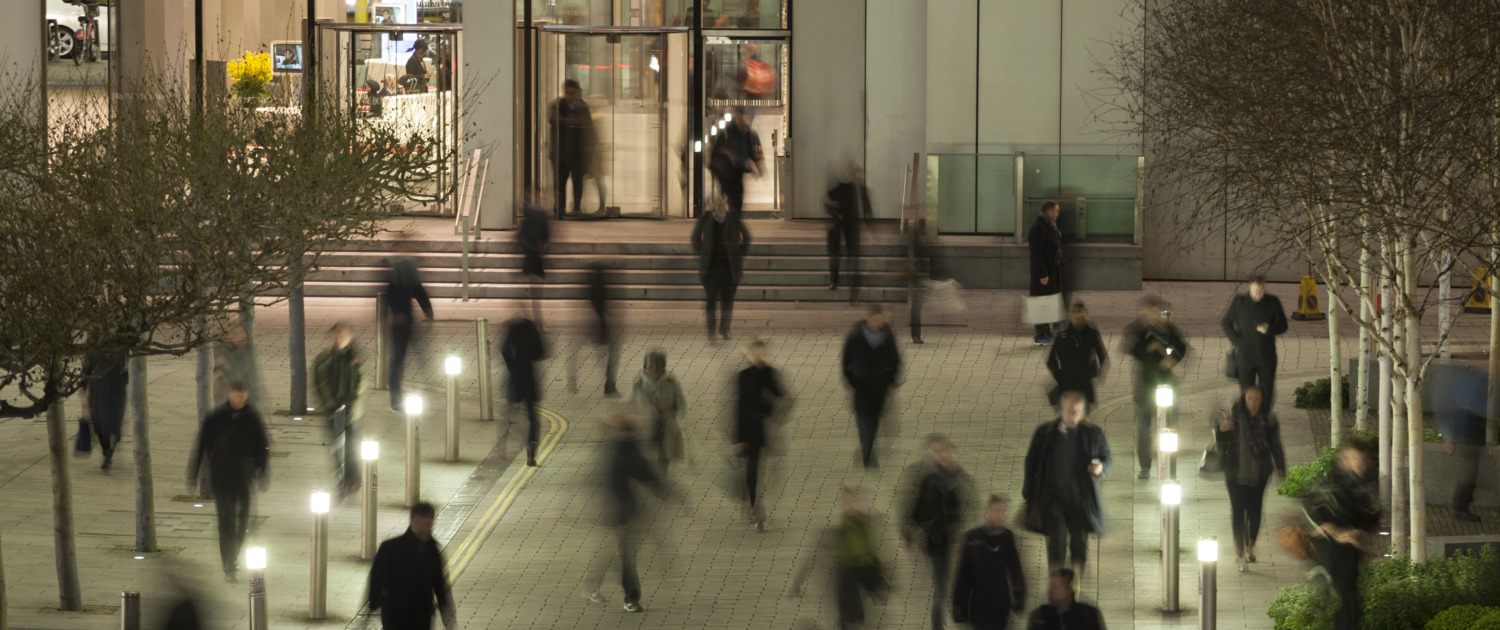The Development of CCTV in Central London: A Brief History
Central London, a bustling blend of historic landmarks & modern infrastructure, epitomises where tradition converges with innovation. As the city’s core, its security has always been crucial. Over the years, Closed-Circuit Television (CCTV) has increasinglyarded public spaces, deterred crime, and supported law enforcement. Let’s dive into CCTV’s fascinating evolution in Central London, showing how it’s now a key tool for urban safety.
Early Beginnings: The 1960s
The Birth of CCTV
Back in the 1960s, CCTV made its debut in London. Initially, it was all about monitoring traffic flow and managing congestion in the city’s busiest spots. These first setups were pretty simple—basic cameras and monitors.
First Installations: The earliest systems were put up in places like Trafalgar Square and Piccadilly Circus to keep an eye on traffic conditions.
Purpose: These early setups aimed to give real-time info to traffic control centres, helping them handle the growing number of vehicles.
Technological Limitations
In those days, technology wasn’t as advanced as it is now. Cameras gave low-resolution images, and the systems didn’t have today’s sophisticated features.
Low Resolution: Early cameras snapped grainy, black-and-white footage that was often hard to interpret.
Manual Operation: Systems needed manual operation plus constant monitoring, limiting their effectiveness.
Expansion in the 1970s and 1980s
Responding to Rising Crime Rates
The 1970s & 1980s saw crime rates climb in London. This rise prompted authorities to find new ways to boost public safety. CCTV began to be viewed as a good tool for preventing and investigating crime.
Increased Installations: Cameras got installed in high-crime areas like shopping centres, public transport hubs, and busy streets.
Crime Deterrence: Having visible cameras deterred potential offenders, helping reduce crime rates.
Technological Advancements
This era saw big tech improvements that boosted CCTV’s functionality and reliability.
Improved Camera Quality: Colour cameras came on the scene, offering clearer and more detailed images.
Video Recording: VCRs (Video Cassette Recorders) allowed recording and playback of footage—enabling review post-incident.
The 1990s: A Decade of Growth
Increased Adoption
The ’90s witnessed a sharp uptick in CCTV use across Central London. Several high-profile incidents underscored the need for better surveillance, leading to widespread installations.
Public Transport Surveillance: Extensive coverage on the London Underground & bus networks aimed to keep passengers safe.
Public Space Monitoring: Major spaces like parks & squares got cameras to monitor activities and prevent crime.
The Role of CCTV in High-Profile Cases
CCTV became crucial in solving notable cases during this decade.
James Bulger Case: In 1993, CCTV footage was key in identifying James Bulger’s abductors—a case that shocked the nation.
IRA Bombings: Systems provided vital evidence during investigations into IRA bombings in London, assisting in suspects’ identification & arrest.
The 2000s: Digital Transformation
Transition to Digital
The early 2000s brought a huge shift from analogue to digital systems—revolutionising surveillance tech capabilities.
Digital Cameras: High-res digital cameras replaced older models. They offered superior image quality & greater storage capacity.
Networked Systems: Systems became networked too—allowing remote access and monitoring from central control rooms.
Integration with Other Technologies
CCTV started integrating with other security tech for comprehensive solutions.
Facial Recognition: This tech enabled real-time individual identification—boosting security measures in high-risk zones.
License Plate Recognition: Cameras began reading license plates—helping track vehicles for traffic management & crime prevention.
The 2010s: Advanced Analytics and AI
Intelligent Surveillance
The 2010s brought major leaps in AI & video analytics—transforming CCTV into smart surveillance tools.
Behavioural Analysis: AI algorithms could analyse human behaviour—detecting unusual or suspicious activities quickly.
Predictive Analytics: Advanced analytics could predict potential threats based on historical data—allowing proactive actions.
Increased Public Awareness and Acceptance
Public awareness of CCTV benefits increased during this time—driven by evident security enhancements & crime reduction.
Public Consultations: Authorities held consultations ensuring transparency while addressing privacy concerns head-on.
Clear Signage: Indications about camera presence reassured the public while deterring criminals effectively.
The 2020s: Towards a Smart City
Integration into Smart City Initiatives
CCTV’s role within Central London’s smart city projects grew—leveraging cutting-edge tech for better urban living.
IoT Integration: These systems now integrate with IoT devices—facilitating smooth data sharing across various infrastructure components.
Real-Time Data Usage: Data supports applications such as traffic management or environmental monitoring among others!
Enhanced Privacy Measures
With CCTV’s expanding use comes prioritised privacy protection.
GDPR Compliance: Designs ensure compliance with GDPR standards so data is responsibly handled.
Anonymisation Techniques: Methods like anonymisation/masking protect individuals’ privacy yet maintain overall security integrity.
The Impact of CCTV on Urban Safety
Crime Prevention and Reduction
CCTV significantly curbed Central London’s crime rates—making public spaces safer for everyone.
Deterrence Effectiveness: Visible cameras discouraged wrongdoers from engaging illicitly due to fear of being caught red-handed.
Swift Responses Possible!: Real-time monitoring permitted rapid responses preventing escalation thus minimising harm done widely.
Supporting Law Enforcement
Systems offer invaluable support enhancing agencies’ ability investigating-solving crimes promptly.
Evidence Collection Crucialness!: High-quality footages crucial evidences ups prosecution success chances.
Investigative Tool Utility: Helping agencies reconstruct event sequences identifying suspects gathering needed intelligence.
Enhancing Public Confidence
Presence bolsters confidence ensuring everyday safety.
Reassurance Given: Knowing areas monitored ensures peace mind encouraging free space usage widely.
Community Engagement Key: Discussions foster trust collaboration between residents-authorities ensuring balanced approach optimised outcomes.
Future Prospects
Technological Advancements
What’s next for CCTV in Central London? Well, ongoing tech advancements will shape it.
AI & Machine Learning
With AI & machine learning getting better, CCTV systems will get even smarter. Imagine systems spotting crimes before they even happen!
Augmented Reality
Now throw augmented reality into the mix. Security personnel could get real-time info overlays. Pretty cool, right?
Balancing Security and Privacy
As this technology grows, balancing security needs with keeping privacy intact ain’t going away.
Ethical Surveillance
We need ethical surveillance frameworks. Seriously, it’s crucial. How else can we reap CCTV benefits without sacrificing personal privacy?
Public Dialogue
Keeping that public trust is mega important. Continuous talks with folks will help make sure CCTV use stays responsible.
Expanding Applications
CCTV isn’t just for traditional security anymore.
Urban Planning
CCTV data’s like gold for urban planning. Imagine designing safer, more efficient cities with data insights!
Environmental Monitoring
Combining CCTV with environmental sensors? Genius! Track air quality, traffic emissions, and other factors too.
CCTV’s progress in Central London has been quite the journey—from traffic management beginnings to key roles in smart city projects today. It’s become a vital tool for safety, crime prevention, and improving life around town for residents & visitors alike. With tech advancing, the future of CCTV promises more boosts to urban safety & security while protecting privacy and maintaining public trust.



